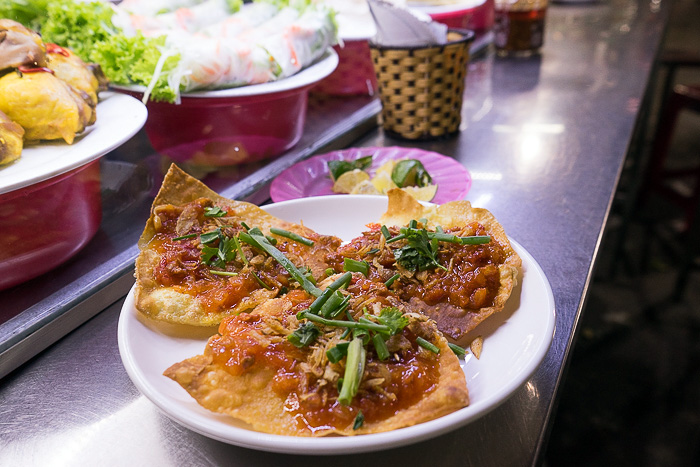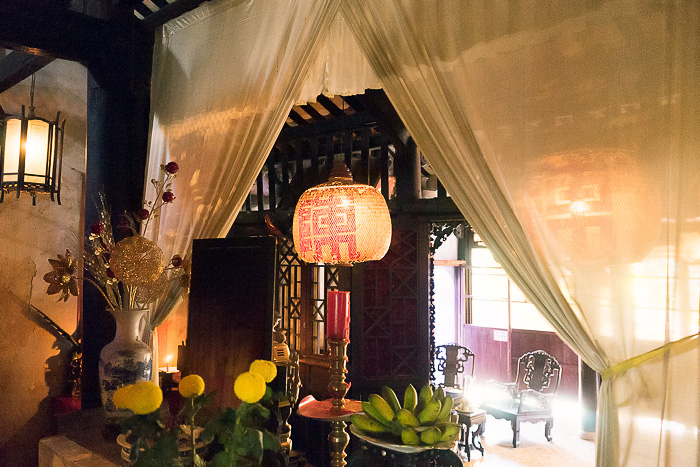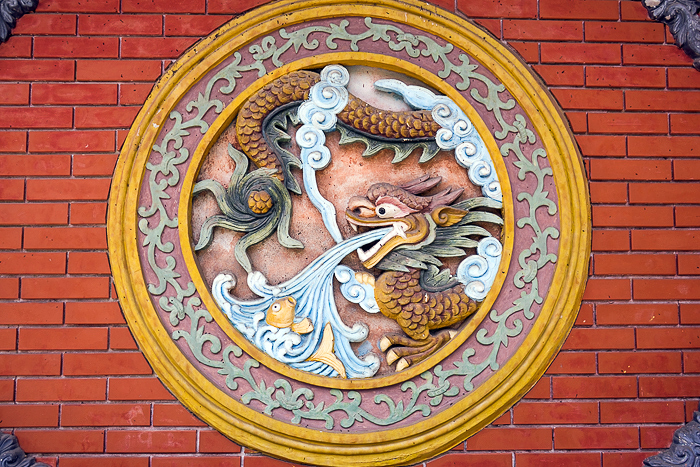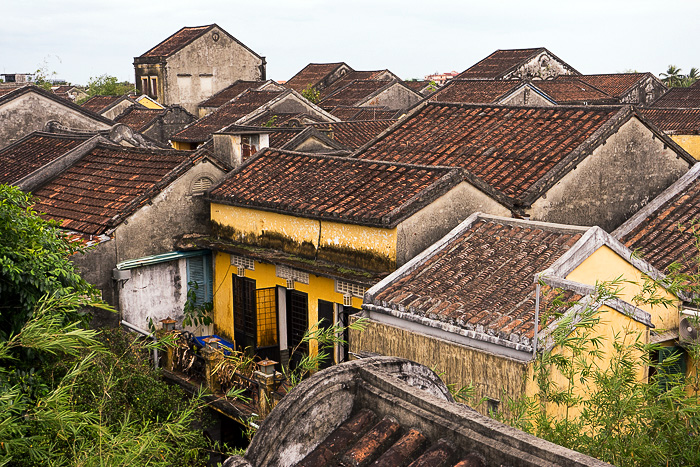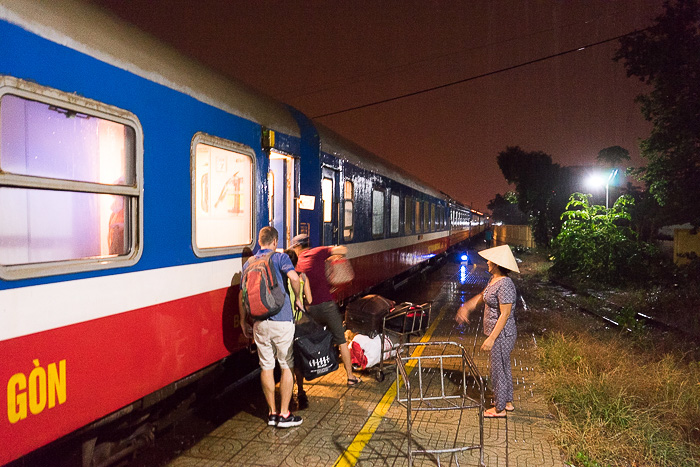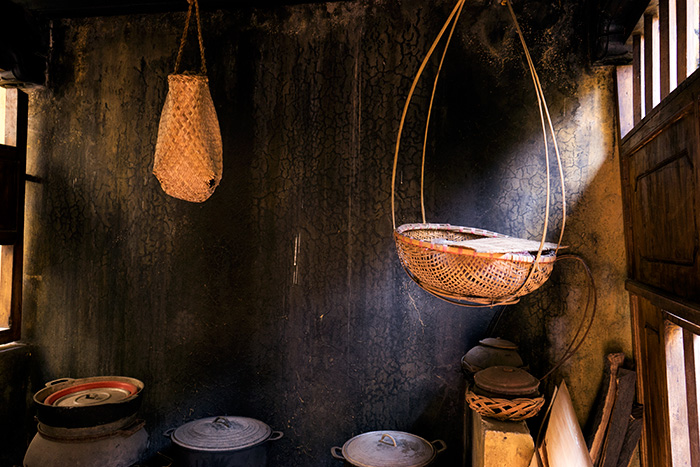The Marble Mountains
Five large hills look completely out of place along the otherwise-flat coastline between Danang and Hoi An. These are the Marble Mountains, each named for a different element: Thủy (Water), Hỏa (Fire), Thổ (Earth), Kim (Metal) and Mộc (Wood). They were once mined for rock, and a number of stone workshops are still found in the area, but today the mountains are a popular tourism destination.

